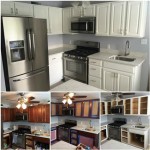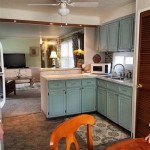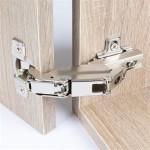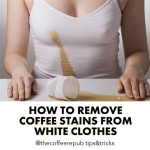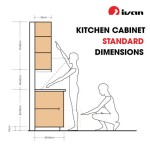Chalk Paint for Kitchen Cabinets: A Comprehensive Guide to Transforming Your Kitchen
Chalk paint has emerged as a popular choice for refinishing kitchen cabinets due to its versatility, affordability, and ability to create a stunning distressed or matte finish. If you're considering painting your kitchen cabinets with chalk paint, here are some essential aspects to consider.
Benefits of Chalk Paint for Kitchen Cabinets
- Durability: When properly applied and sealed, chalk paint can provide a durable finish that resists chipping and fading.
- Ease of Application: Chalk paint is relatively easy to apply, even for beginners. It self-levels, reducing the need for sanding or priming.
- Distressed Finish: Chalk paint is ideal for creating a distressed or aged look. By sanding or using a damp cloth, you can reveal different layers of color and texture.
- Affordability: Chalk paint is generally more affordable than traditional cabinet refinishing methods, making it a budget-friendly option.
Choosing the Right Chalk Paint
Not all chalk paints are created equal. Here are factors to consider when selecting chalk paint for your kitchen cabinets:
- Color Selection: Choose a chalk paint color that complements your kitchen decor and personal style.
- Type of Finish: Consider the desired finish, whether matte, distressed, or glossy. Some chalk paints require waxing or sealing to achieve different finishes.
- Brand Reputation: Research reputable chalk paint brands known for their quality and durability.
Preparing Your Kitchen Cabinets
To ensure a successful outcome, properly prepare your kitchen cabinets before applying chalk paint:
- Cleaning: Remove all dirt, grease, and grime from the cabinets using a degreasing cleaner.
- Sanding: Lightly sand the cabinets to smooth rough surfaces and create better adhesion for the paint.
- Priming: If necessary, apply a primer to the cabinets to prevent tannin bleed-through from certain wood species.
Applying Chalk Paint
Once your cabinets are prepared, follow these steps to apply chalk paint:
- Use a Brush or Roller: Apply the paint using a brush or roller. Start with a thin coat and allow it to dry.
- Multiple Coats: Apply multiple thin coats to achieve full coverage and desired color intensity.
- Sanding or Distressing: If desired, you can sand or use a damp cloth to create a distressed finish after the final coat has dried.
Sealing Your Finished Cabinets
To protect your painted cabinets and enhance durability, it's crucial to seal them with a topcoat:
- Polyurethane: Clear polyurethane is a popular choice for sealing chalk paint, providing a glossy or matte finish.
- Wax: Wax adds a soft, matte finish and helps protect the paint from moisture and stains.
- Combination: For optimal protection, you can apply a combination of polyurethane and wax.

Chalk Painted Kitchen Cabinets 2 Years Later Our Storied Home

Painting Kitchen Cabinets With Chalk Paint Simply Today Life

Why I Repainted My Chalk Painted Cabinets Sincerely Sara D Home Decor Diy Projects

Why I Repainted My Chalk Painted Cabinets Sincerely Sara D Home Decor Diy Projects

Chalk Painted Kitchen Cabinets 2 Years Later Our Storied Home

How To Paint A Kitchen With Chalk Maison De Pax

Step By Kitchen Cabinet Painting With Annie Sloan Chalk Paint Jeanne Oliver

Annie Sloan Chalk Paint Kitchen Cabinets A Créé Une Peintu Painting

How To Paint Kitchen Cabinets White Let S Furniture

My Chalk Painted Cabinets 4 Years Later How Did They Do Artsy Rule
Related Posts

